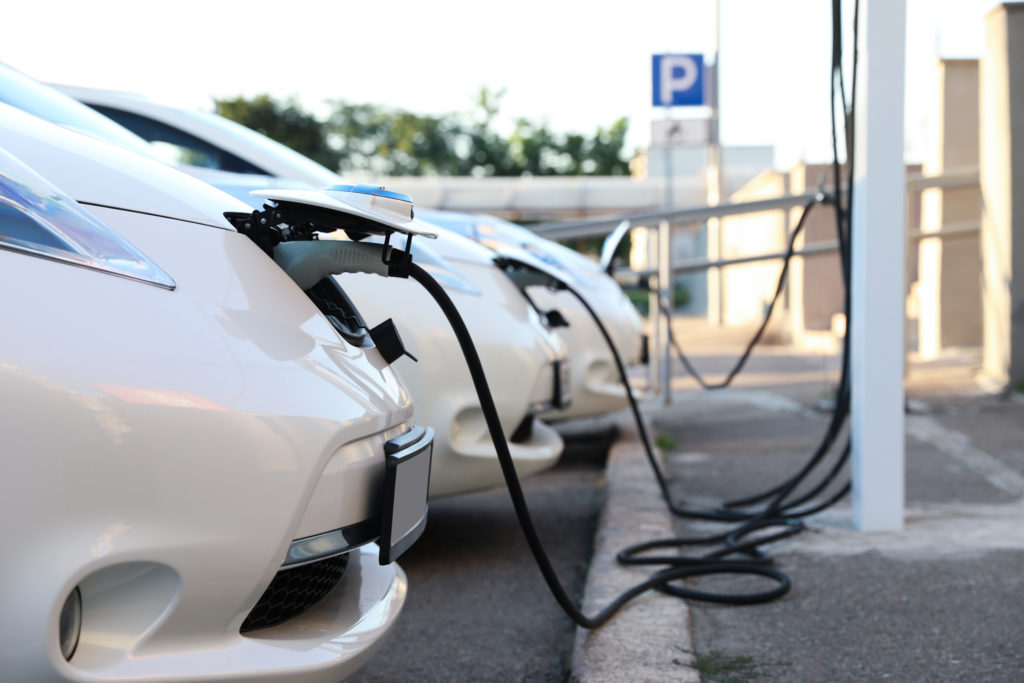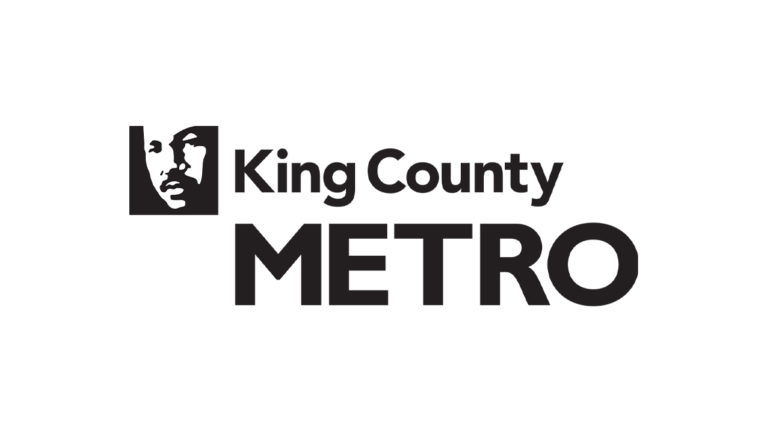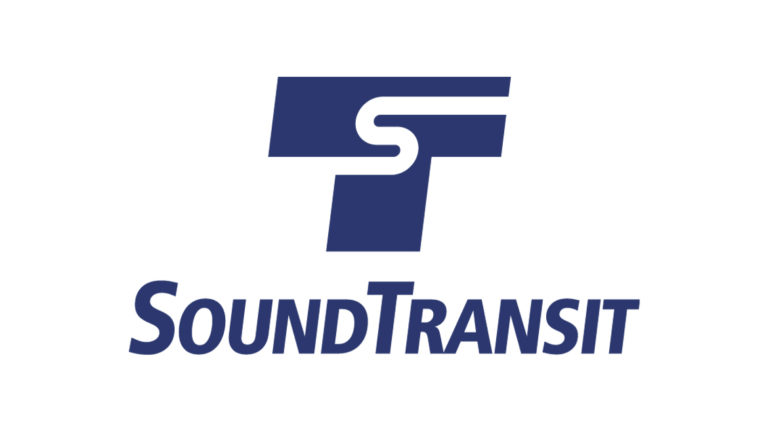
Issue
As transportation shifts to electric buses, cars, and micro mobility (scooters, bikes, etc.), questions emerge about how transit agencies might augment existing facilities to provide both power for their fleet and an opportunity for users to charge up.
Although there is a recognition that providing charging for all users can remove barriers to electrification, it’s unclear what role a transit agency has in providing power, or how they should prioritize access to charging. As it becomes clear that transportation is moving toward electrification, what is the most cost-effective way for a public agency to develop and electrify mobility hubs?
Spark
There is a natural partnership between transit agencies and utility providers to work together to deliver electric charging at park and rides and transit centers as they redevelop into mobility hubs for all users, regardless of how they travel. Although on-route charging is in place for some buses, and standalone electric vehicle chargers exist in various locations, the practice is not widespread at transit facilities. A coordinated and cost-effective approach to meeting King County Metro’s goal—a zero-emissions fleet powered by renewable energy by 2035—will require guidance on both technical and policy considerations for how to do this at scale.
Overview
The Mobility Innovation Center is partnering with King County Metro, Sound Transit, and Seattle City Light to explore how electric mobility hubs could work in the service area. This project will aid in the design and electrification needs of transit facilities using the Burien Park and Ride as a model to clarify the essential components and design considerations a public agency needs for converting existing facilities into mobility hubs with electrification infrastructure. Additionally, this project will:
- Provide guidelines to prioritize conversions and electrification infrastructure to achieve equitable outcomes.
- Identify how electrification affects greenhouse gas emissions and estimated electrical loads.
- Identify alternative approaches for project delivery.
- Identify opportunities for new community assets and for additional charging capabilities.
- Evaluate facility management to ensure use is fair and equitable.
- Identify information and tools required for a public agency to begin planning and conversion work.
- Identify elements that should be addressed to accelerate conversation.
- Evaluate cost-effective options for conversion and development.
Innovation
The result of this project will provide guidance and tools for transit agencies to help with the redevelopment of transit facilities into electrified mobility hubs, offering a blueprint for the electrification of mobility hubs at existing facilities. This will also be useful for utility providers who are essential partners in these conversation efforts.
Impact
These learnings will enhance the speed at which utility providers and public transportation agencies work together on these efforts, saving the time and costs associated with evaluating the needs and decision-making involved in electrification. Read the full report.
Team
This work is supported by King County Metro, Sound Transit, and Seattle City Light.
Academic Department
Faculty Leadership
Rachel Berney
Research Center
Urban Design & Planning
Research Areas
- Public space
- Citizenship
- Community development and design
- Neighborhood planning
- Civic engagement, Legible landscapes
- Urban narratives
- Drawing and visualization
- Research methods
- Transnational and comparative work
- Latin America
- Violence and communal life and space
- Public transit and urban design
- Health and wellbeing
Contributors
Siman Ning, research assistant, UW Urban Design and Planning





